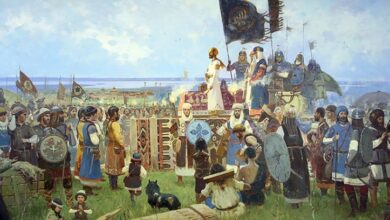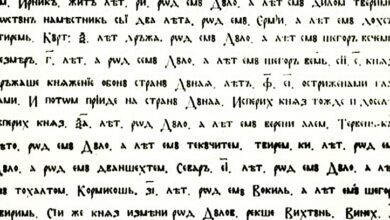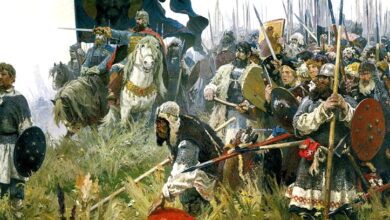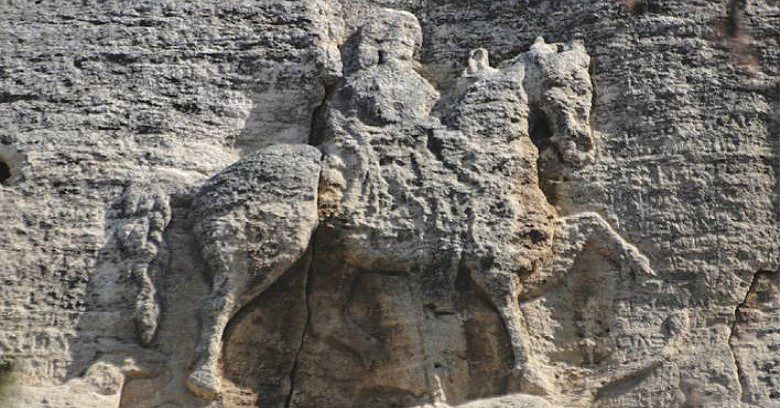
Madara equestrian - a great monument of the Bulgaro-Russian friendship
Author: Begunov Yu.K.
AndThe history of friendly relations between the Bulgarian and Russian peoples begins in time immemorial, presumably in 1500 BC. At that time, two streams of migratory peoples met on the East European Plain and in Eastern Europe. Some of them went southeast from the region of the Luzhitskaya archaeological culture, and others from east to west from the regions of the Srubnaya and Catacomb archaeological cultures from the Volga, Don and Dnieper. The ancient Rus once met with the ancient Bulgars, got to know each other and, finally, became friends, as pastoralists are friends with farmers who exchange useful goods with each other. The Turks and Aryans felt kindred spirits in each other.
The pagan book of the ancient Rus called “Prinikanie” (end of the 10th century) tells that once the ancient Rus returned from the Middle East to the Pomeranian river Gavola and there they met the Bulgars or Khalibs, the children of the god Ares, an old blacksmith, and did not know how them to be. After all, other peoples, having learned that the Rus had become very black after long military campaigns, they were not accepted into their environment, but the Bulgars accepted! Thus began the friendship.
In the future, in the Scythian, Sarmatian, Kara-Saklan and Kiev times, the Bulgars and the Rus remained friends. Detailed stories about the ancient history of the Bulgars and Russ have been preserved to this day by the old Bulgarian chronicles "Nariman Tarihi", IV - XVIII centuries, "Dzhagfar Tarihi", XVII century, as well as the epic "Chulman tolga?" Fargat Nurutdinov. All this heritage is of great value for the Bulgar people.
Recently, thanks to the translation work of the St. Petersburg researcher Alexei Ivanovich Umnov-Denisov, the ancient pagan chronicles have been re-read, and they began to speak. As a result, 90% of a previously unknown valuable text was revealed.
All 95 fragments of tablet texts are part of the ancient Slavic chronicle writing, which began in the land of the Polabian Slavs in time immemorial and continued in Surozh, Kyiv, Ladoga and Novgorod until the end of the 10th century. And then Rus' was baptized, and the pagans with bitterness went through the withered earth, crying for the departed gods.
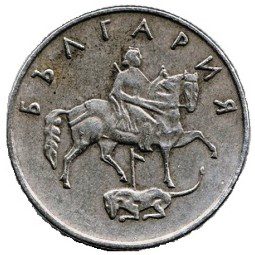
And according to another scenario, this notch on the rock falls under summer, when it stood out, and then Madara will be, this is Samo (the state of the Western Slavs, 623-658 - Yu.B.). Those who were previously dependent on foreign lands became the Sich then rebelled. Thus, the entire list of kagans was knocked out on Madara. According to our horse (i.e., at the beginning of the first Russian chronology, which begins from 351 BC - Yu.B.), it was in 1020. Then there was Caliph Hasan (d. in 669 AD). They did it by carving on a rock even before the creation of Rus'. (Plate II.4.B; translation by A.I. Umnov-Denisov). Regarding the newly read text on this tablet, our opinion is as follows: the Madara horseman is a joint creation of the Bulgars and the Rus at the time when they were subordinate to Kan Bat-Boyan, the son of Kubrat. The statues were actually a stone image of the sun god on horseback (such are Yarila and Khors). It corresponds to the times when Bat-Boyan captured the fortress of Dorostolon on the Danube. The Bulgar migrations to the Volga and Kama, and further to the Urals date back to the same time (see texts on tablets II.4.5; D.6.R; II.12).
At that time, the Bulgars, together with the Rus, strengthened their civilization on the East European Plain. The Dulo dynasty was their beacon. Unfortunately, the inscription of the kagans has not yet been read. But what has been preserved on the Madarskaya rock testifies to the Bulgaro-Russian greatness and glory!
see also:
UNESCO site about Madara rider

